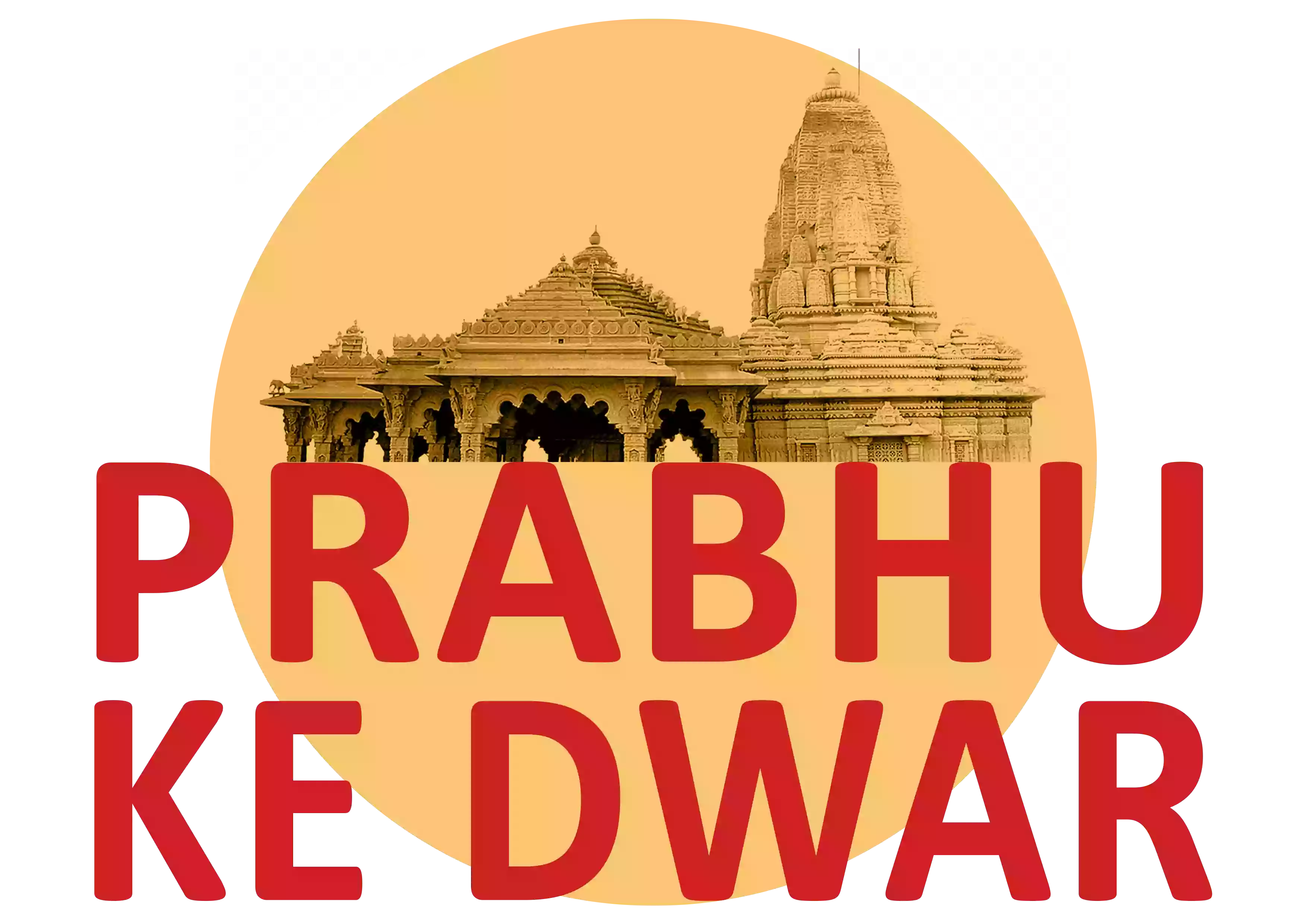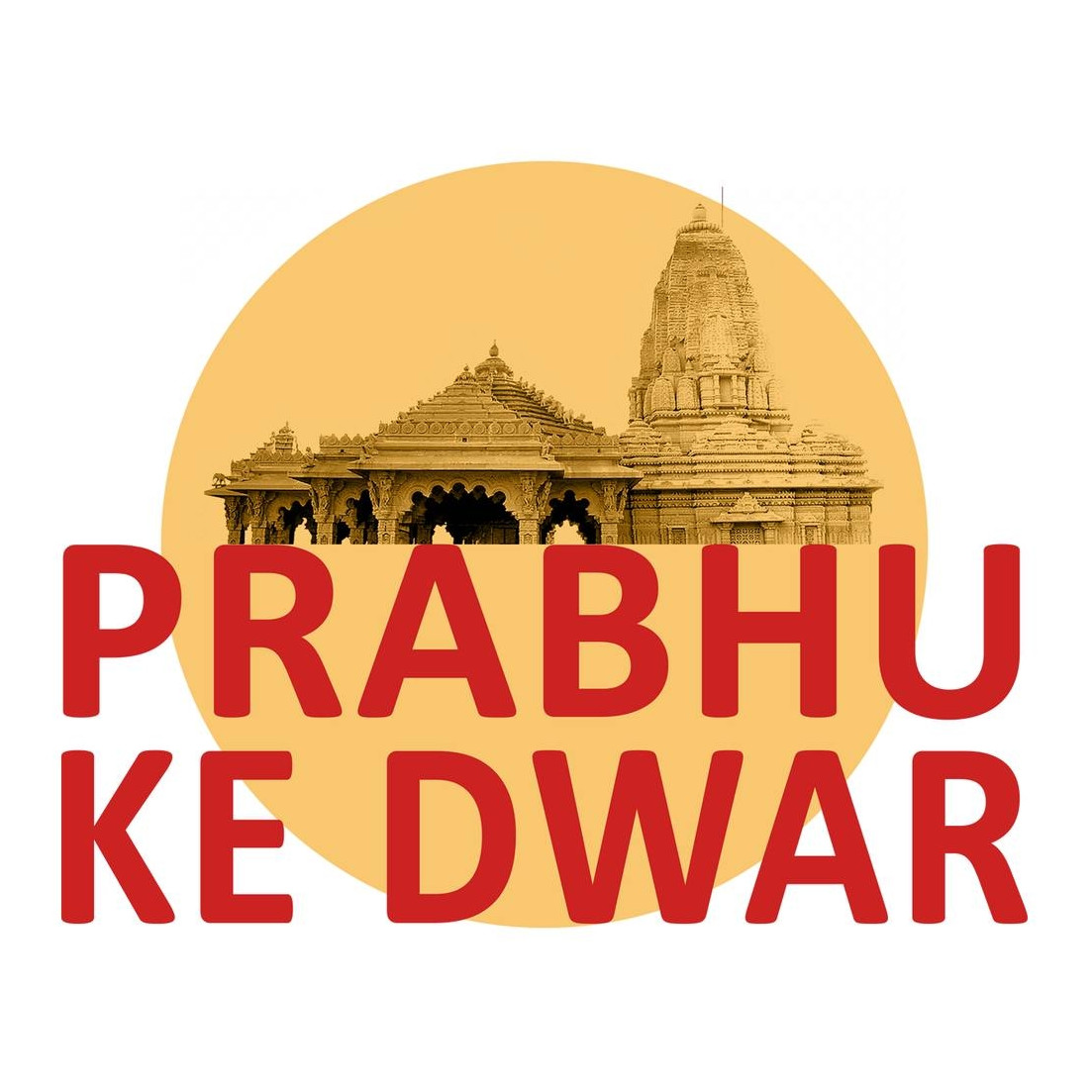In Hindu scriptures, it says that whenever evil wins over good, darkness replaces light (truth), or injustice triumphs over justice, Lord Vishnu will be reborn on earth to restore righteousness. These forms of Lord Vishnu are mentioned in the Bhagavad Gita. In total, Lord Vishnu took 24 forms on earth to battle evil and guide people on the right path.
Here's a list of Vishnu Avatars and how he took different forms to combat evil:
- Adi Purush – Lord Vishnu's primary form.
- Four Kumars – The first four conscious beings created by Lord Brahma.
- Narada – Son of Lord Brahma and a devout follower of Lord Vishnu.
- Nara Narayana – Twin sage avatars of Lord Vishnu.
- Kapila – An incarnation of Lord Vishnu.
- Dattatreya – Represents the Divine Trinity Brahma, Vishnu, and Shiva.
- Yajna – A ritual involving fire.
- Rishabha – A preacher and spiritual leader.
- Prithu – The first sacred king.
- Dhanvantari – Emerged holding a pot of Amrit, the divine nectar.
- Mohini – A female avatar of Vishnu.
- Hayagreeva – Possesses a human body and a horse's head.
- Vyasa – Authored the Mahabharata.
- Matsya – Half fish, half-human form of Lord Vishnu.
- Kurma – Half tortoise, half-man form taken during the churning of the ocean.
- Varaha – Half man, half boar form of Vishnu.
- Narsimha – Half lion, half-human avatar of Vishnu.
- Vamana – Appears to curb the power of the demonic king Mahabali.
- Parshuram – Depicted as a sage wielding an axe.
- Rama – Incarnated to defeat evil and protect devotees.
- Balrama – Krishna's elder brother in the Mahabharata.
- Krishna – Incarnated to vanquish demons and evil kings.
- Buddha – Integrated into Hinduism to counter Buddhism's influence.
- Kalki – The awaited avatar of Vishnu, yet to be born.
![]()
Table of contents [Show]
Adi Purush
The first and primary avatar of Lord Vishnu is Adi Purush. Also known as Lord Narayana, he lies on the coils of a serpent. He is the origin of all creation in the universe. All-powerful; a lotus sprouts from his navel, where Brahma resides. According to Hindu mythology, he wears yellow garments, has four hands, and holds the Sudarshan chakra in one hand. He rests on the serpent Sheshnag. Vishnu is also considered the main source for creating this universe because Lord Brahma, the universe's creator, emerged from his navel.
![]()
Four Kumars
The first four conscious beings created by Lord Brahma are the Four Kumars. Named Sanaka, Sanatana, Sanandana, and Sanat Kumara, they appeared like infants, intended to aid Brahma in creating life.
![]()
Narada
The son of Lord Brahma, is a devoted follower of Lord Vishnu. He appears as a sage holding a khartal and tambura. According to Hindu mythology, Narada has the special ability to travel between realms instantly. A storyteller and musician, he's often seen as the gods' messenger and the premier journalist.
![]()
Nara Narayana
Nara and Narayana, the twin sage avatars of Lord Vishnu, exist to uphold truth, justice, righteousness, and other aspects of Dharma on Earth. These brothers were so powerful that they could overcome Pashupathastra, Shiva's destructive weapon, through meditation.
![]()
Kapila
In Hindu mythology, Kapila is an incarnation of Lord Vishnu, born on Earth to restore Dharma's balance through teachings. He's credited with founding the Samkhya School of Philosophy, a formula for acquiring knowledge involving perception, inference, and testimony from sources.
![]()
Dattatreya
Once, Goddess Lakshmi Parvati and Saraswati became exceedingly proud of their lineage. To humble them, God created a play. Naradji visited Devlok and informed the three ladies that their holiness paled compared to Anusiya, sage Atri's wife. The goddesses relayed this to their husbands, who decided to test Anusia's virtues. Lord Shiva, Vishnu, and Brahma arrived at Atri Muni's hermitage disguised as ascetics. Atri Muni was absent. They sought alms but stipulated that Anusiya must give without disrobing. Initially shocked, Anusiya, fearing to offend the ascetics, invoked her husband, proclaiming that if her faith was true, the ascetics should become six-month-old babies. Instantly, the Trimurti cried as infants. Anusiya nursed and cradled them. When they didn't return, the ladies grew anxious. Narada explained the situation. The goddesses apologized to Anusiya, who restored the Trimurti to their former selves. Pleased, they granted her a boon: all three would be born as her sons. Thus, Moon was born from Brahma's part, Durvasa from Shiva's, and Dattatreya from Vishnu's.
![]()
Yajna
Also known as Yajneshwara, embodies the ritual of Yajna. In this ritual, fire is lit, and sacrifices are made to appeal to deities. Some texts also refer to Indra, the king of gods, as Yajna. Yajna was born during the Sawayambhuva Manvantara to safeguard it. According to the tale, Akuti was born from the womb of Shatrupa, the wife of Swayambhuva Manu.
![]()
Rishabha
A preacher and spiritual leader, is credited as the founder of Jainism. It is believed that he transcended the cycle of birth and death, guiding people towards salvation. Maharaja Naveli, childless, conducted a yajna with his wife Merudevi, seeking a son. Pleased with the sacrifice, Lord Vishnu himself appeared and granted Maharaj Nabhi the boon of a son. In due course, Maharaj Nabhi's son was born as Rishabh, distinguished by his remarkable attributes.
![]()
Prithu
The inaugural sacred king, fostered all vegetation and cultivated crops across the earth. He devoted himself to serving God and imparted religious teachings to people. Prajapati named Anga, married to Sunitha, had a son named Wayne. Refusing to acknowledge God, he demanded worship for himself. The Maharishi then invoked a mantra to defeat him. Subsequently, the Maharishi churned the arms of the childless King Ven, from which Prithu was born. Recognizing the lotus mark and feet in the right hand of Prithu, the sages declared that a fraction of Shrihari himself had descended in the guise of Prithu.
![]()
Dhanavantari
Emerging with a pot of Amrit (nectar of immortality) after the gods and demons churned the ocean, is also revered as the god of Ayurveda for ensuring sound health. Dhanavantari is also hailed as the master of medicines. During the churning of the ocean, various treasures emerged, including the nectarurn, presented by Lord Dhanvantari in the end.
![]()
Mohini
A female incarnation of Vishnu, outsmarted the demons to acquire the Amrit, which they forcibly seized from the gods during the churning of the ocean. She distributed it among the gods, and as Mohini, Vishnu also decapitated Rahu with the Sudarshan chakra, leading to the creation of the planets Rahu and Ketu in Jyotish Shastra. Amidst the conflict for Amrit during the churning of the ocean, Lord Vishnu manifested as Mohini to captivate all. Promising to administer the nectar to both gods and demons, Mohini distributed it accordingly, ensuring only the gods consumed it while the demons remained unaware.
![]()
Hayagreeva
Venerated as the god of wisdom and knowledge, possesses a man's body with the head of a horse. He restored light and wisdom by reclaiming the Vedas stolen by the demons Madhu and Kaitaba.
![]()
Vyasa
Also known as Veda Vyasa, an immortal sage, is credited with compiling and composing many Vedas. He authored the Mahabharata and featured as a character within it, identified as the father of Pandu and Dhritarashtra.
![]()
Matsya
King Satyavrat, bathing in the river, encountered a small fish seeking refuge in his Anjali. He realized the fish's significance when it grew larger each time he transferred it to a larger container. Recognizing it as divine, he implored the fish to reveal its true form. In response, Lord Vishnu appeared, foretelling a forthcoming catastrophe and instructing the construction of a boat to preserve life and knowledge. Vishnu then enlightened King Satyavrat with philosophical teachings, known as the Matsyapuran.
![]()
Kurma
Once, a sage named Maharishi Durvasa cursed Indra, the king of the gods, transforming him. Seeking a solution, Indra approached Lord Vishnu, who advised him to churn the ocean. Indra, along with demons and gods, agreed to the task. Using the Mandarachal Mountain as a churner and Nagraj Vasuki as a rope, they began. Despite initial efforts, they struggled to move the mountain until Lord Vishnu intervened. Assuming the form of a giant kurma (turtle), Vishnu supported the mountain on his back, facilitating the churning of the sea.
![]()
Varaha
Varaha, the half-man and half-boar incarnation of Vishnu, rescued Bhudevi, the earth personified, from the demon Hiranyaksha. Using his tusks, Varaha lifted the sinking earth and restored it to its proper place.
![]()
Narsimha
Narsimha, half-lion and half-human, emerged to end the reign of the demonic king Hiranya Kashyap. Vishnu took this form to protect Prahlada from his tyrannical father. Narsimha ultimately vanquished Hiranyakashipu, fulfilling the prophecy that a human could not kill him.
![]()
Vamana
Disguised as a dwarf Brahmin, Vishnu approached King Mahabali during a ceremony. He requested land measured by three steps, which Mahabali agreed to. However, Vishnu then transformed into a giant and covered all three worlds with his steps, ultimately restoring heaven to the deities.
![]()
Parshuram
Depicted as a sage wielding an axe. Born to end the tyranny of evil Kshatriyas, Parshuram sought justice for the oppressed.
![]()
Rama
The central figure of the Ramayana epic. Rama defeated the evil king Ravana to rescue his abducted wife, Sita, and restore peace.
Also Read: Lord Rama: Life, Story, Legacy and Death of the Divine King
![]()
Balarama
Krishna's elder brother. Renowned for his strength and mastery of the plow, Balarama played a crucial role in the Mahabharata, teaching warriors like Duryodhana and Bhima the art of combat with the 'Gada' weapon.
![]()
Krishna
Lord Krishna, a significant manifestation of Vishnu, brought an end to his oppressive maternal uncle, Kansa's rule. He also served as the advisor to the Pandavas and acted as Arjuna's charioteer and mentor during the events of the Mahabharata.
![]()
Buddha
Born in Lumbini as Siddhartha Gautam, later known as Gautam Buddha, he renounced his family and worldly possessions in pursuit of enlightenment. Gautam Buddha founded Buddhism, teaching people methods to alleviate suffering through the Noble Eightfold Path.
![]()
Kalki
Kalki, the awaited incarnation of Vishnu, is yet to appear. It is prophesied that he will vanquish the demon Kali and initiate a new era of righteousness. Portrayed as a warrior astride a white horse, wielding a gleaming sword, Kalki symbolizes the purification of negative emotions. Despite differing forms and epochs, all of Vishnu's avatars share a common purpose: to eradicate evil and restore Dharma, the path to spiritual liberation. Hence, Lord Vishnu is revered as the guardian and sustainer of the cosmos.
Also Read : The Power of Vishnu Mudra: Benefits, Techniques, and Spiritual Insights




